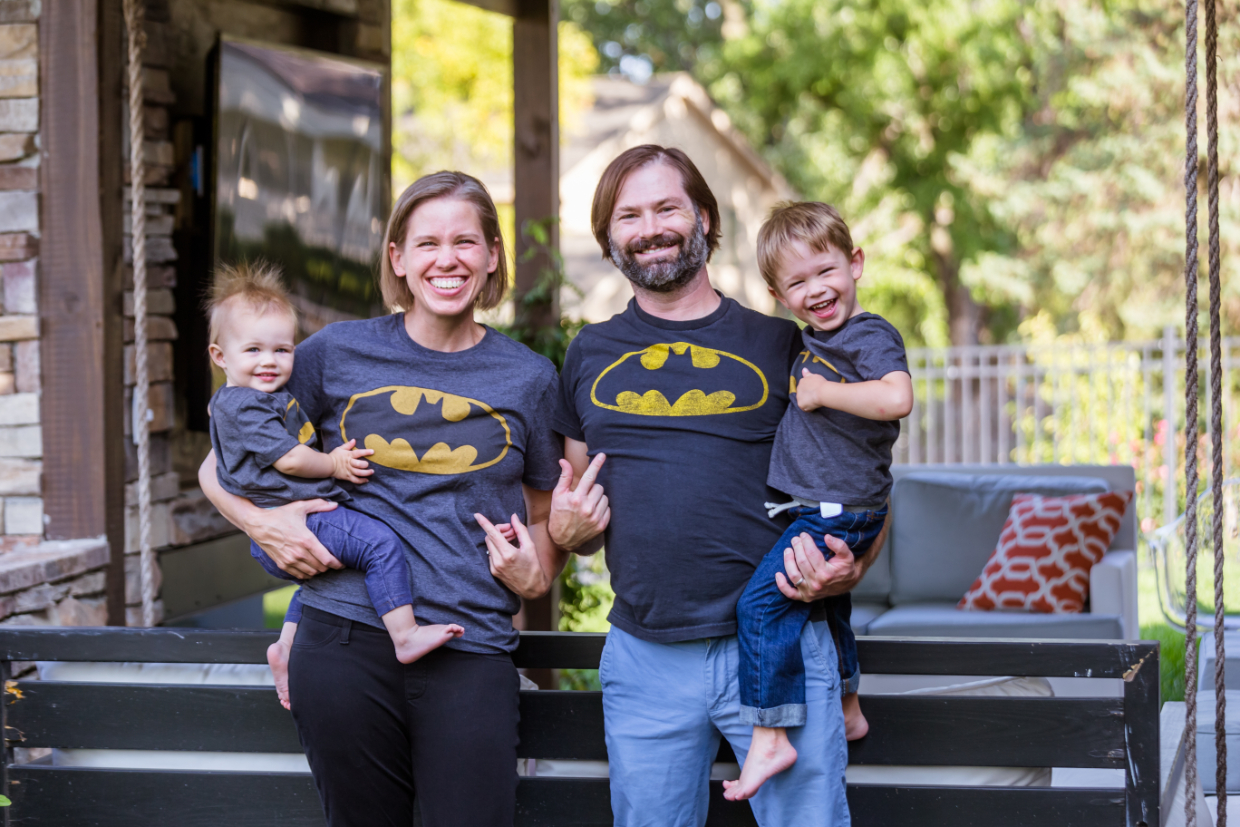Building SVG Badges in Ruby

Building SVG Badges in Ruby
A while ago I needed to create a simple dynamic SVG. After a bit of tinkering, it was easy enough to build a simple Ruby class to do what I needed to do.
SVG created from the below code
It was a super quick thing to put together and solved a problem I was having. I was reminded of that today when I had another quick issue that I wanted to resolve. I wanted to pull some data not available by a services APIs, the data I needed was easily accessible to me in their webviews, so I quickly hacked together a web scraper, pulling the data I needed into a google sheet.
Being a Developer, Unblocks You
A thing I have always loved about being a developer is you can solve your own problems. You have to be careful to not get sucked into it and wasting a bunch of time, but you also aren’t blocked just because something you need isn’t already available. If you build a quick hack ensure it is just that a quick hack and that you won’t regret putting it into your workflow. The below SVG example was a tiny helper for devs, while today’ journey helped pull metrics on CircleCI related to metrics I want to pull for myself monthly. In either case, if it breaks it is no issue and can be fixed in a few minutes.
Being able to solve the problems you run into along the way is one of the great parts of being a developer.
Full Ruby SVG Badge Code
class SvgFormatter
def initialize(output = nil)
@output = output || STDOUT
end
def format(result)
percentage = SOME_DATA_SOURCE.round(1)
File.open('badge/results.svg', 'w') { |f| f.write(template(percentage)) }
rescue RuntimeError => e
@output.puts e.message
@output.puts 'SvgFormatter was unable to generate a badge.'
end
private
def template(percentage)
file_content = <<~SVGTEMPLATE
<?xml version="1.0"?>
<svg xmlns="http://www.w3.org/2000/svg" width="90" height="20">
<linearGradient id="a" x2="0" y2="100%">
<stop offset="0" stop-color="#bbb" stop-opacity=".1"/>
<stop offset="1" stop-opacity=".1"/>
</linearGradient>
<rect rx="3" width="90" height="20" fill="#555"/>
<rect rx="3" x="51" width="39" height="20" fill="#007ec6"/>
<rect rx="3" width="90" height="20" fill="url(#a)"/>
<g fill="#fff" text-anchor="middle" font-family="DejaVu Sans,Verdana,Geneva,sans-serif" font-size="11">
<text x="24.5" y="15" fill="#010101" fill-opacity=".3">Title</text>
<text x="24.5" y="14">Title</text>
<text x="68.5" y="15" fill="#010101" fill-opacity=".3">#{percentage}%</text>
<text x="69.5" y="14">#{percentage}%</text>
</g>
</svg>
SVGTEMPLATE
file_content
end
end
